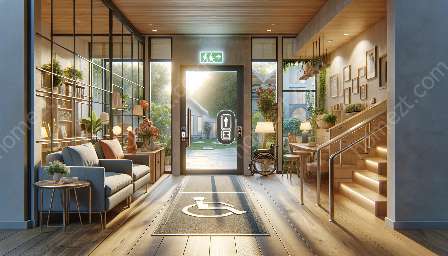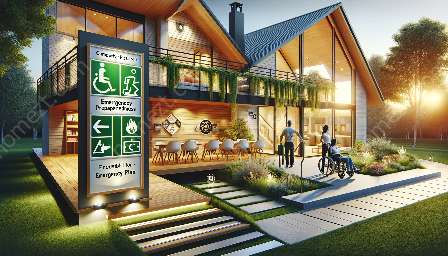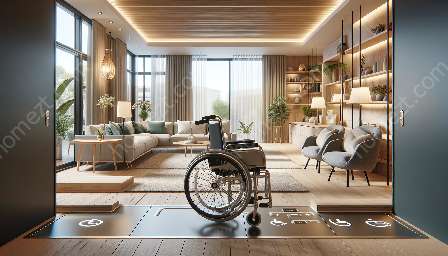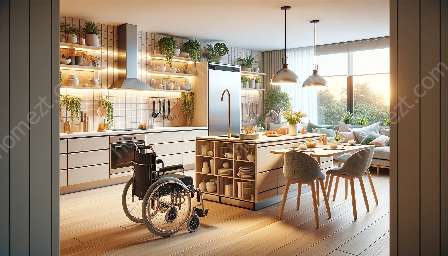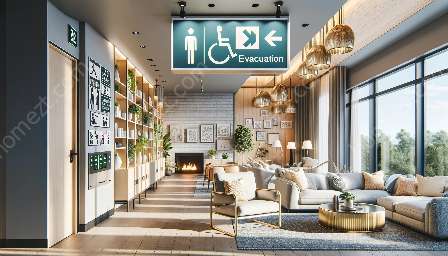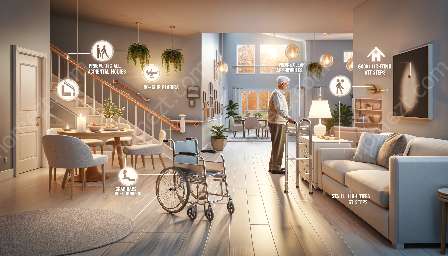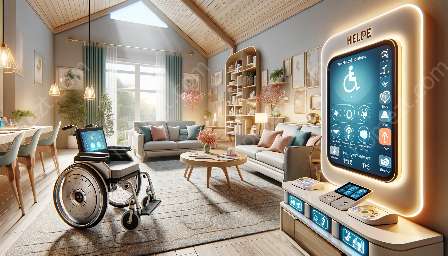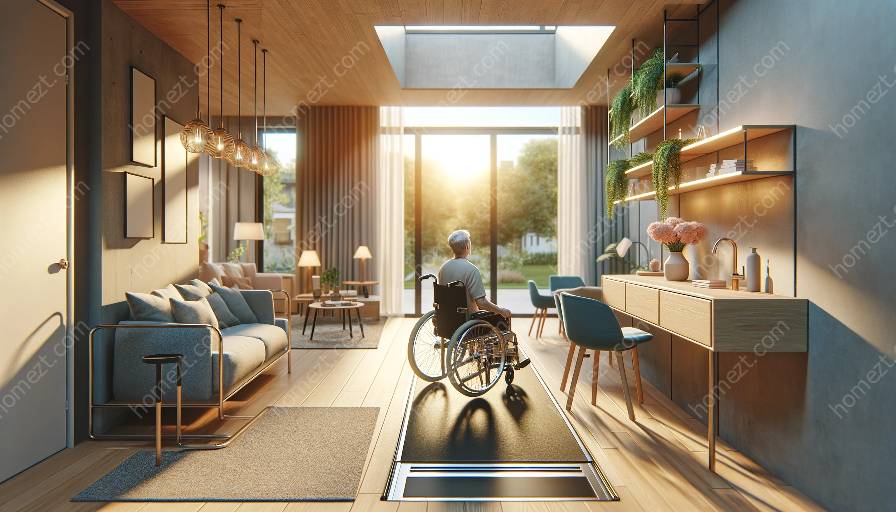Home safety for wheelchair users is a critical aspect of providing a comfortable and secure living environment. Individuals with disabilities face unique challenges, and it is essential to make necessary modifications and implement safety measures to ensure their well-being and accessibility at home. This article will explore important safety measures for wheelchair users, practical tips, and modifications to enhance home safety and security.
Assessment and Modification of Home Environment
Before implementing safety measures, it is crucial to assess the home environment and identify potential hazards and barriers for wheelchair users. Start by conducting a thorough assessment of the home's layout, including doorways, hallways, and rooms. Determine if any areas are inaccessible or pose safety risks for wheelchair users.
Modifying Doorways and Entrances
It's essential to ensure that doorways and entrances are wheelchair accessible. This may involve widening doorways to accommodate wheelchair dimensions, installing ramps, or eliminating thresholds that could impede smooth movement. Additionally, consider the use of automatic door openers to enhance accessibility.
Safe and Accessible Bathrooms
Bathrooms are often challenging areas for wheelchair users. Implement safety measures such as installing grab bars, non-slip flooring, and roll-in showers with adequate space for wheelchair maneuverability. Ensure that essential items and facilities are within reach, and consider the use of adjustable height features for sinks and mirrors.
Secure and Well-Designed Kitchen Spaces
Modify the kitchen to make it accessible and safe for wheelchair users. Lower countertops, accessible storage spaces, and easy-to-reach appliances are essential considerations. Additionally, ensure that the kitchen layout allows for seamless movement and functionality for individuals using wheelchairs.
Advanced Safety Measures and Technological Solutions
Advanced safety measures and technological solutions can further enhance home safety and security for wheelchair users. Consider the following:
- Installation of smoke and carbon monoxide detectors with visual and auditory signals, ensuring individuals with hearing or visual impairments are alerted in case of emergencies.
- Use of smart home technology for monitoring and controlling various aspects of home security and safety, such as automated lighting, door locks, and surveillance systems.
- Implementation of emergency communication systems that provide immediate assistance and support in the event of a medical or safety-related incident.
Importance of Accessibility and Assistive Devices
Ensure that the home is equipped with essential assistive devices that promote accessibility and safety for wheelchair users. This may include the use of stair lifts, platform lifts, and accessible furniture that facilitate comfortable and secure navigation within the home environment.
Education and Training for Household Members
Education and training are fundamental aspects of promoting home safety for wheelchair users. Household members should receive adequate training on assisting individuals with disabilities, understanding emergency protocols, and utilizing assistive devices and safety equipment effectively.
Regular Maintenance and Upkeep
Regular maintenance and upkeep of home safety features are crucial for ensuring their effectiveness. Conduct periodic checks and inspections to identify any maintenance or repair needs, and address them promptly. This includes maintaining ramps, grab bars, and other essential safety fixtures.
Collaboration with Professionals and Accessibility Experts
Seek input and guidance from professionals and accessibility experts to optimize home safety measures for wheelchair users. Occupational therapists, accessibility consultants, and home modification specialists can provide valuable insights and recommendations for enhancing safety and accessibility at home.
Conclusion
Implementing comprehensive safety measures for wheelchair users at home is essential for creating a secure and accommodating living environment. By conducting thorough assessments, making necessary modifications, and leveraging advanced safety solutions, individuals with disabilities can experience enhanced safety and independence within their homes. It is imperative to prioritize accessibility, regular maintenance, and ongoing education to ensure long-term home safety and security for wheelchair users.


